I saw the 2024 eclipse at a rest area off of I-70 around Greenfield, Indiana. I’d scouted this place out on the way to Dayton a couple days prior, hoping to pull off on my way back to Chicago to photograph the eclipse. I remembered from my time photographing the 2017 eclipse at a gas station south of St. Louis that so long as you’re not including the landscape in your photograph, if you’re in the path of totality it doesn’t matter where you set up and shoot—the event happens in the sky!
Early in the week, the weather forecast predicted an overcast day around Indianapolis, but as the weekend progressed, the weather cleared up nicely, and by the time I arrived at the rest stop, there were only a few light cloud trails in the sky, nothing to interfere with the eclipse as it was happening.
I set up next to a man with three cameras on tripods. We got to talking, and I soon made friends with photographer Gary Bartoo, who shared stories about the nightscapes he captures. Gary had come all the way from Buffao, New York, to be at this rest stop in Indiana. He’d looked at the weather developing around New York and seen a cloudier forecast there, so he headed to the clearest location he could reach to capture the eclipse. Gary had organized papers with his settings for each camera, and he’d arrived at least a day prior to stake out a spot. He was the picture of preparedness.
Setting Up
As for me, I wasn’t nearly so prepared. I’d gone to Dayton to celebrate the birthday of one of my oldest friends. I’d brought my camera with a 70–200mm lens and a 2x extender (for a focal length of 400mm); I had a tripod, a sandbag, my computer, and the cardboard eclipse filter I’d ordered in 2017 for that eclipse.
I arrived at the rest area the way I’d arrive at a gig, about an hour and a half early. Then I walked around the rest area to stretch my legs, and then I set up my tripod and camera. I combined the lens and the extender, and I put the cardboard filter on the end. Then I tried to find the sun.
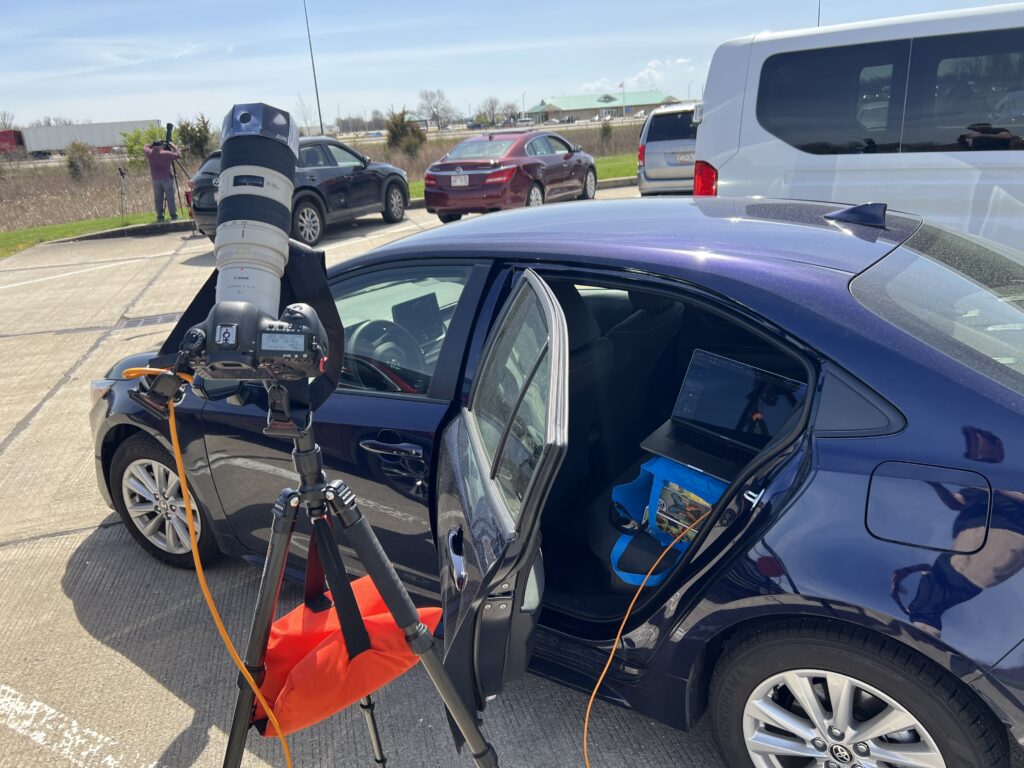

Using the live view on the back of my camera, I looked around until I’d found the sun. It took me longer than usual, as the sun was high in the sky, which made the back of the camera difficult to read, since I had to hunch down underneath it, and my screen doesn’t flip or swivel. Once I’d found the sun, I made sure my image stabilizer was off on the lens and that my settings were ok.
As the time of the eclipse neared, Gary Bartoo courteously gave a countdown. When it came time for totality, Gary said, “I’ll give you the sixty-second countdown, and then you’re on your own!”
Photographing the Eclipse
I’m very happy with my photograph of the eclipse from 2017, but I nearly missed it, as I felt several of my shots from that eclipse were soft. Sure, I had several good ones and a few great ones, but I’m a more careful photographer now. Back then, I’d push to get my ISO as low as possible. Now, I prioritize shutter speed so I don’t have to worry about any softness or blurriness resulting from wind, camera shake, or the movement of the objects in my viewfinder.


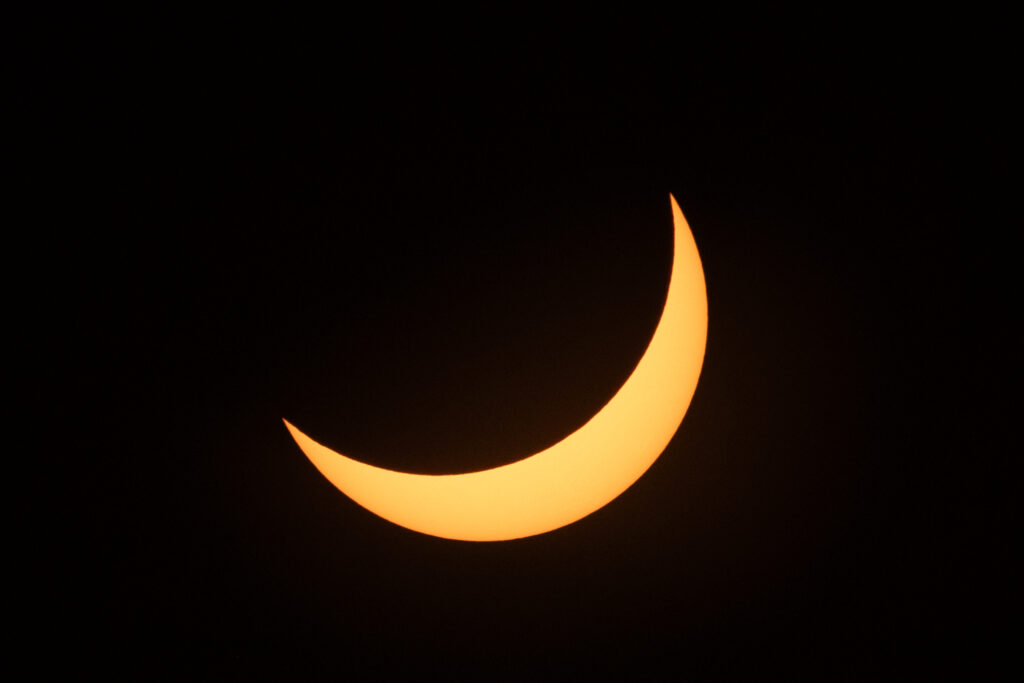

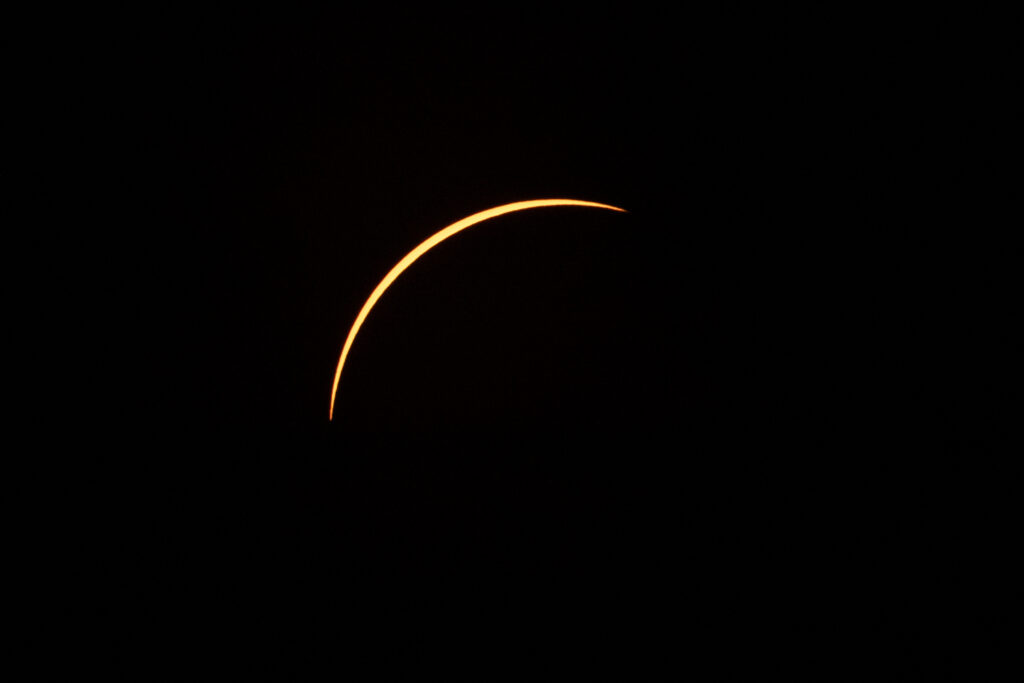

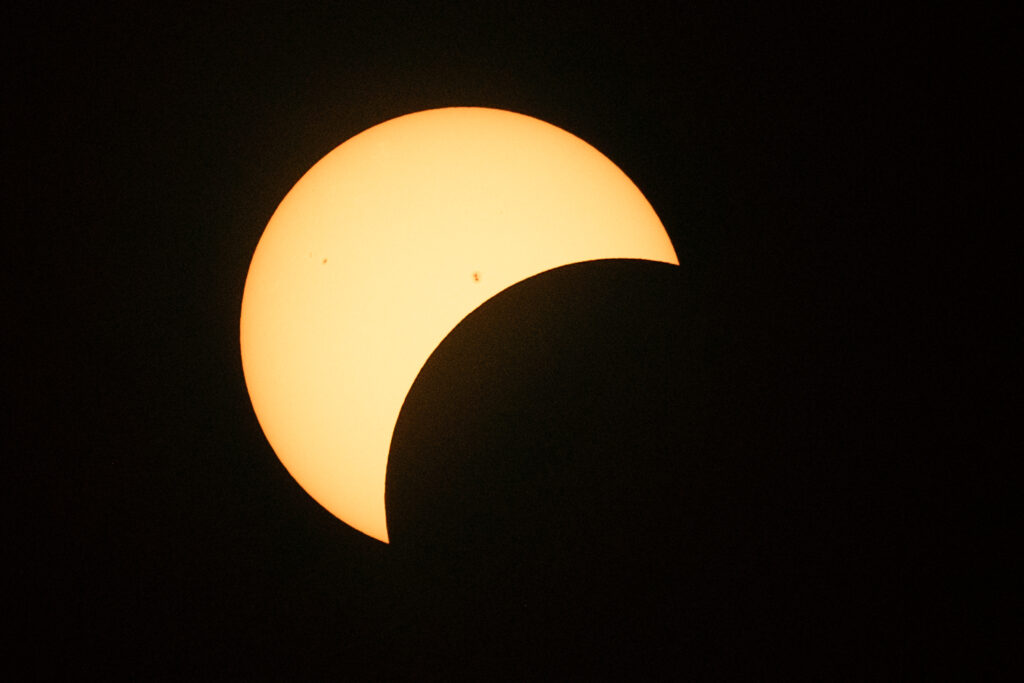
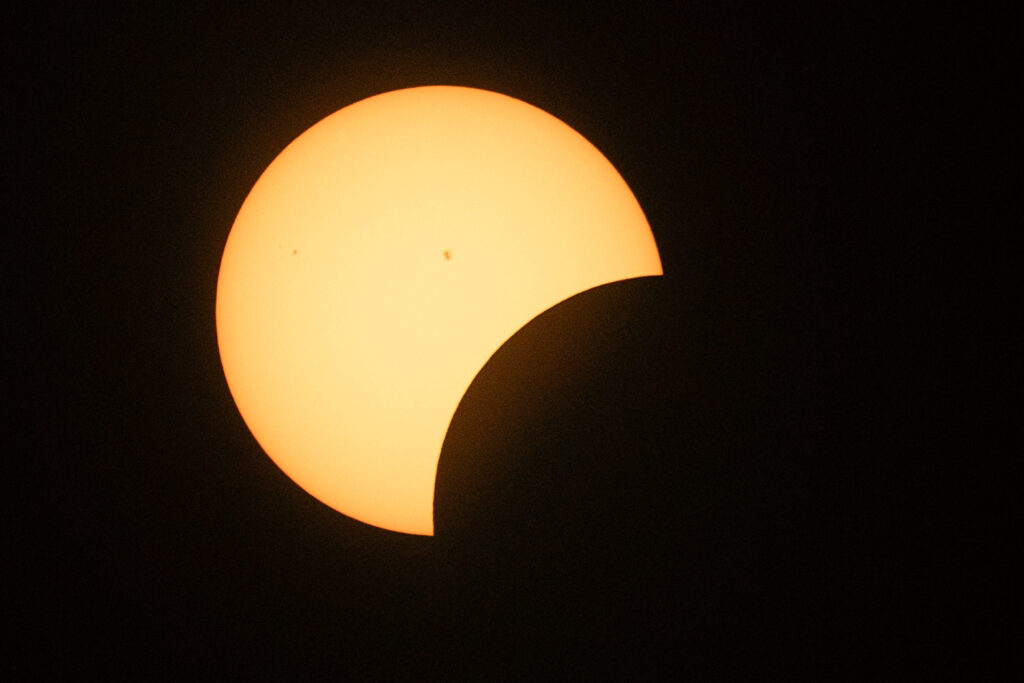

I kept my f-stop around f/8, with a shutter speed between 1/500 and 1/800. I bracketed my shots in groups of three so that one was overexposed and one underexposed. At one point, I tethered my camera to my computer and shot through my Capture One program. This way, I could make sure my image was clear on the big monitor of my computer before I shot it. Unfortunately, Capture One disconnected from the computer repeatedly, including during totality, as it has done in several past sessions with clients. It used to be a very reliable program for tethered captures, but lately it’s become embarrassingly unstable. During totality, I pulled the tethered cord from the computer and shot manually without the program.

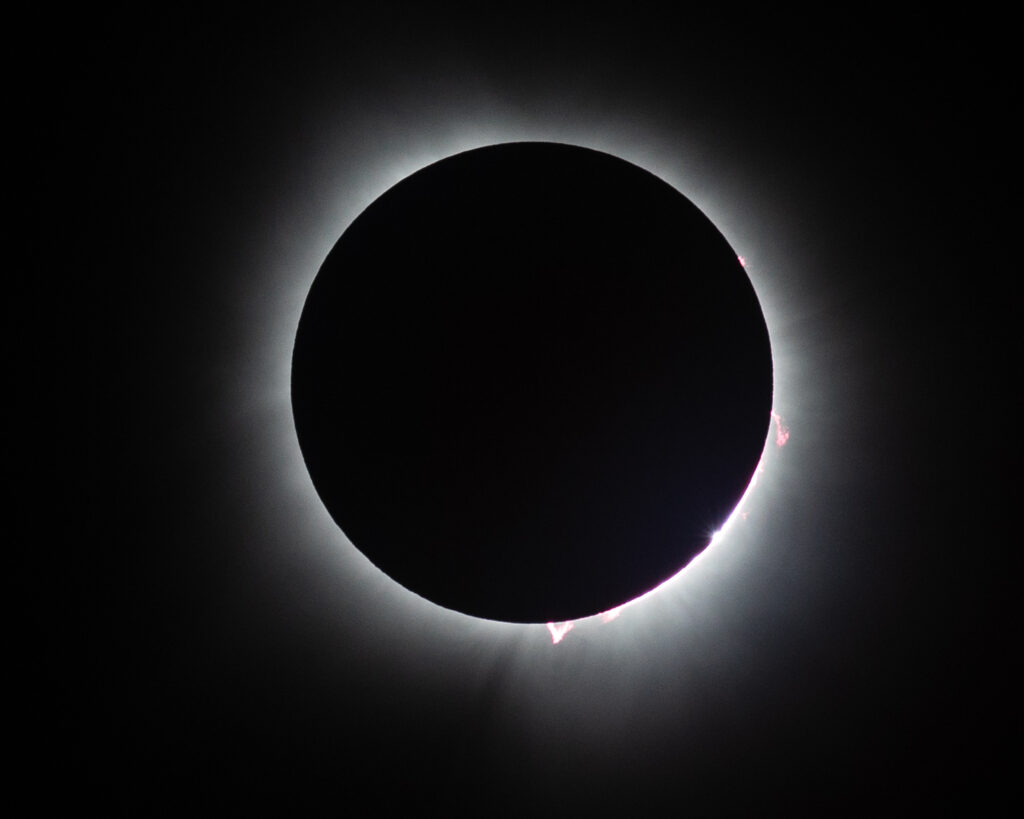
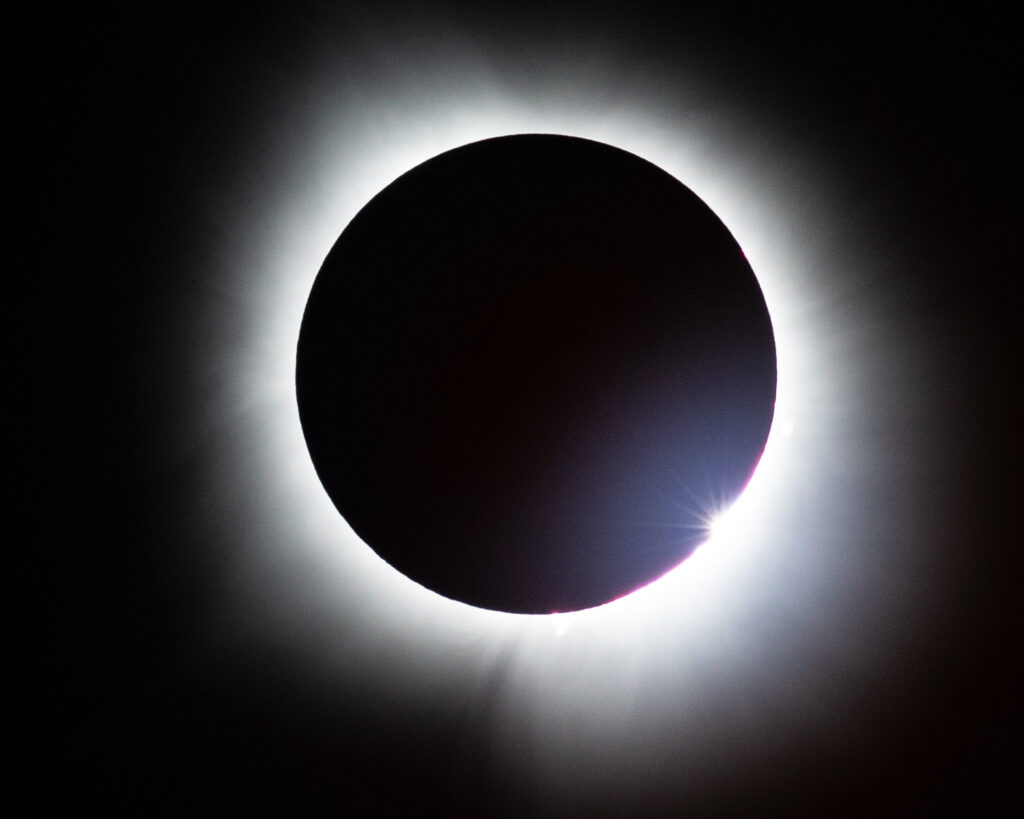
The Long Road Home
I finished the audiobook A Column of Fire, by Ken Follett, as I pulled in to the rest stop. So far the best of the Kingsbridge series, in my estimation. The narrative beautifully colored in the historical events I’d long been familiar with from my youth playing characters at the Ohio Renaissance Festival, and in so many ways it reminded me of my home, friends, and family from that period.
I merged into the halting post-eclipse traffic on the highway. Just like the eclipse in 2017, hours and hours had been added onto my return trip, thanks to the jammed highway of fellow eclipse viewers. I settled in for the long trip and started the next book in the series, The Evening and the Morning, set in Anglo-Saxon England prior to the Norman invasion. I was parked in traffic, a few minutes into the narrative, when I felt a hard jolt as a truck slammed into my car from behind.
The driver and I got out of our respective vehicles, he apologized, and we exchanged insurance information. We were both ok. I called the authorities to get an accident report. The driver asked if I could help speak with them because of his accent.
“Polish?”
“Ukrainian.”
While we waited, I asked if his family was ok. He told me they were coming over in a few weeks. He once had a business in Ukraine, but no longer.
All Things in Perspective
I’ve lately felt panicked over (paradoxically) being so busy I have no free time while losing consistent work I’ve had for years due to timing or scheduling. And yet, I’m brushing elbows with people facing circumstances that are barely imaginable to those of us living in this part of the world.
After the sheriff’s department documented what they needed to document, the driver apologized again, I wished him well, and we got back on that clogged highway—it probably took me ten hours to make a journey that usually takes three hours. I drove the dark highway, listening to the book, imagining the coasts of England and Normandy in the year 997 and mentally juggling all the tasks that needed to be done in the coming week—taxes, insurance, hustling for work, completing the work I have left to do.
I’d gone to Dayton to celebrate one friend’s birthday, but I spent most of the time enjoying the hospitality of another of my oldest friends, who I hadn’t seen since before the pandemic. I met their kids and talked about life, and we caught up after a long time. It was good.
Some Pictures
There are so many pictures of the eclipse on the internet already that I have little to show that others haven’t already seen. But here’s a sample of what I captured.

Travelling by Mail
This past weekend, I incorporated email subscription into The All Worlds Traveller. (In theory. This week, we’ll see if it works.) There should be a box beneath this post where you can sign up, if you wish. Over the last few weeks, I’ve noticed my social media is suddenly a flood of ads, few posts from friends, and my friends and family no longer see The All Worlds Traveller. Which makes me sad because I’m proud of the work I’ve been sharing lately. Therefore, I’ll also send The All Worlds Traveller out via email each week to those that want it. Just enter the email you’d like in the box below.
I’ve never incorporated ads into The All Worlds Traveller because I hate them. In spite of any marketing potential they may have, I’m annoyed at being constantly pestered when I’m trying to read an article. I loathe spam just as much, so I’m not going to be doing that either. In any event, over the last three years I’ve learned that some of you read this blog, which encourages me to make sure you can get it.
I hope your eclipse viewing was fun and safe. Let’s do it again in twenty years!

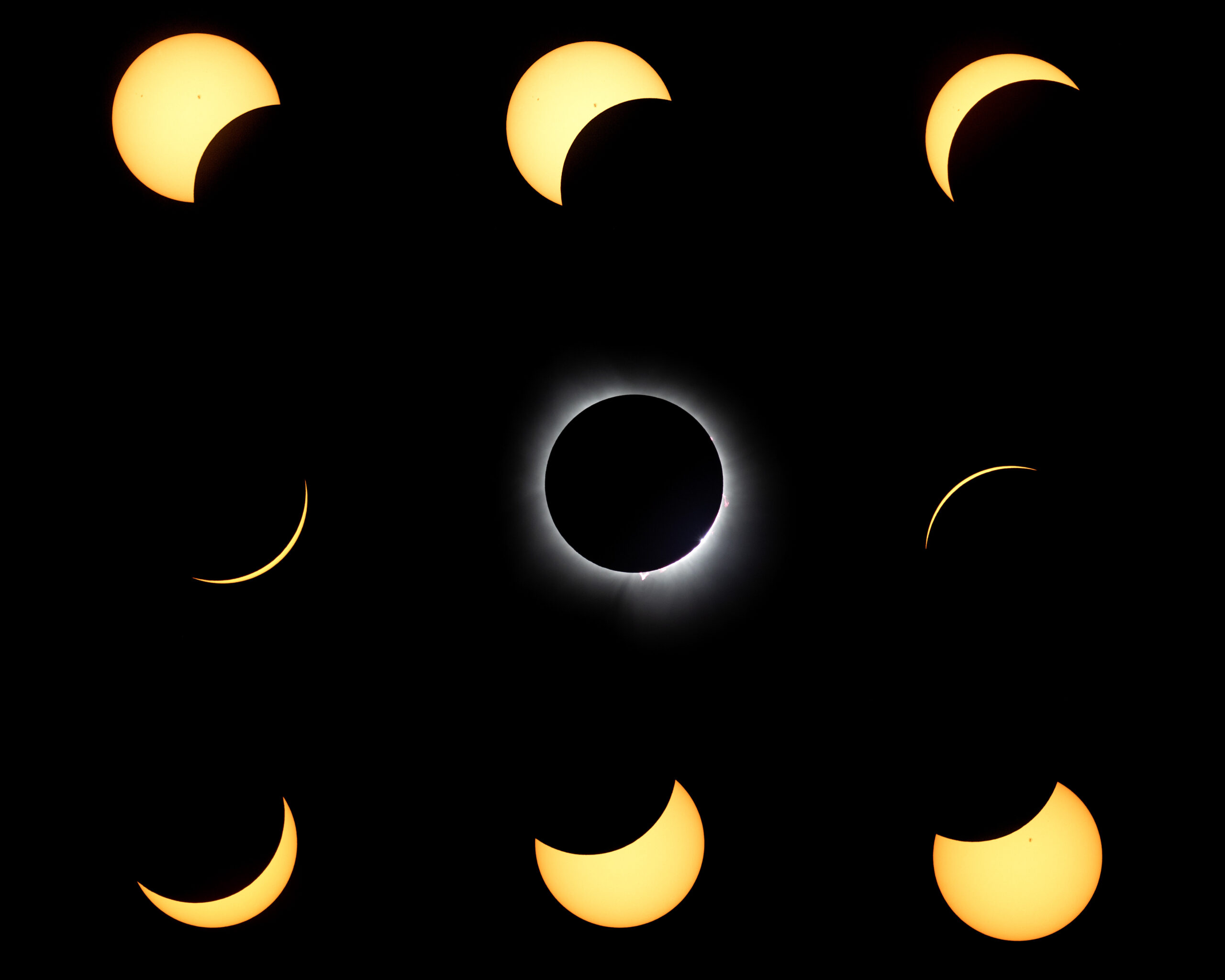
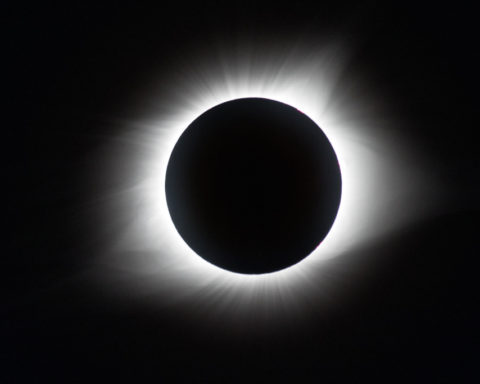
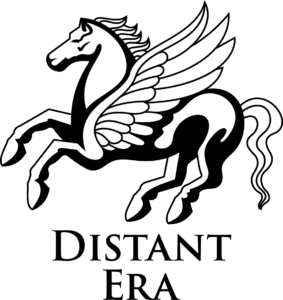
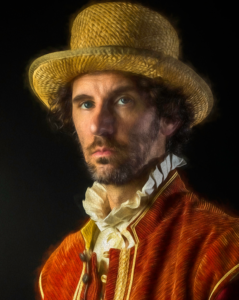
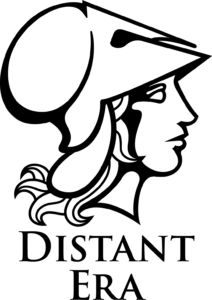
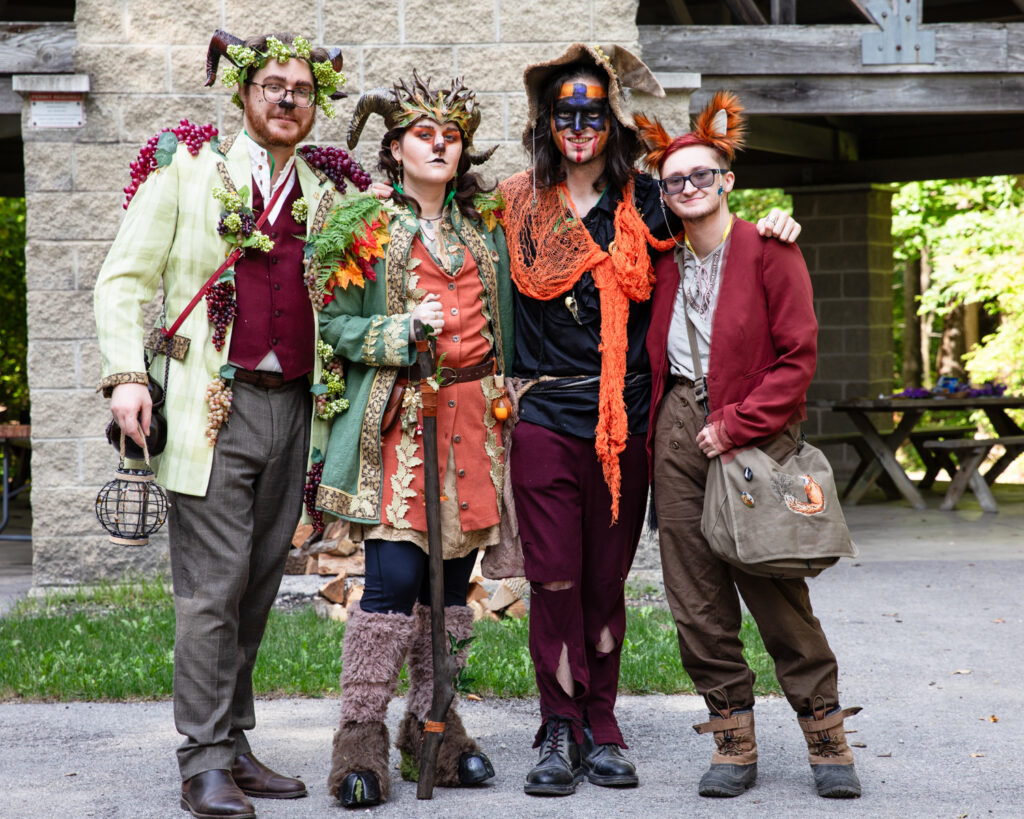
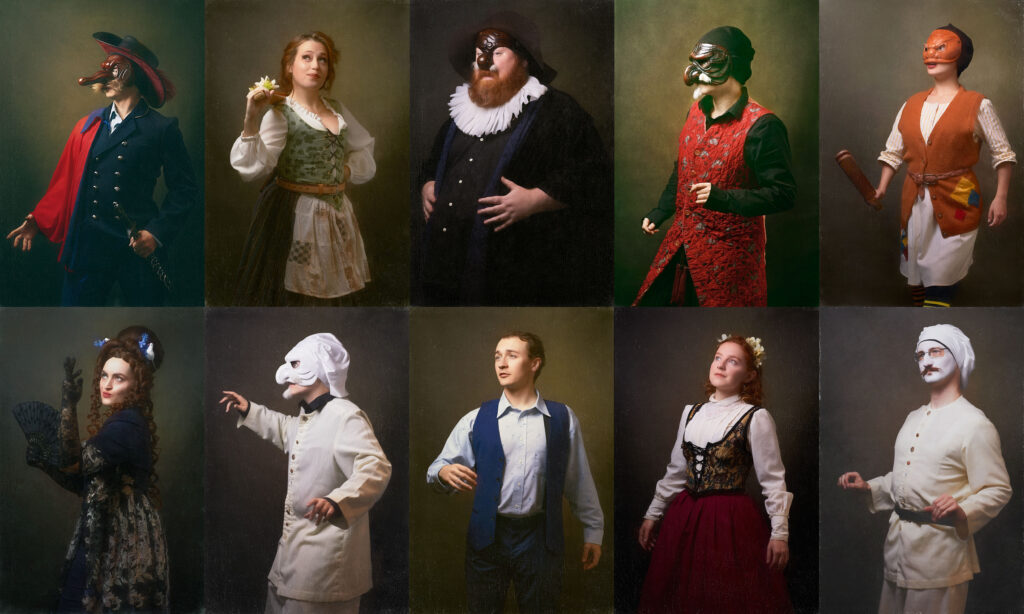
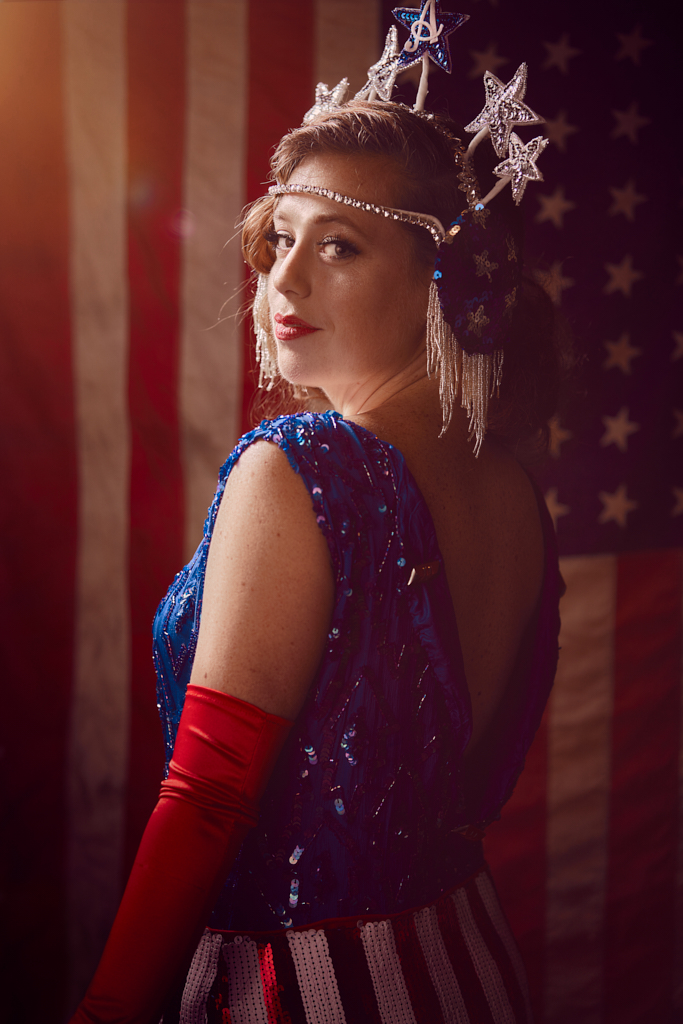
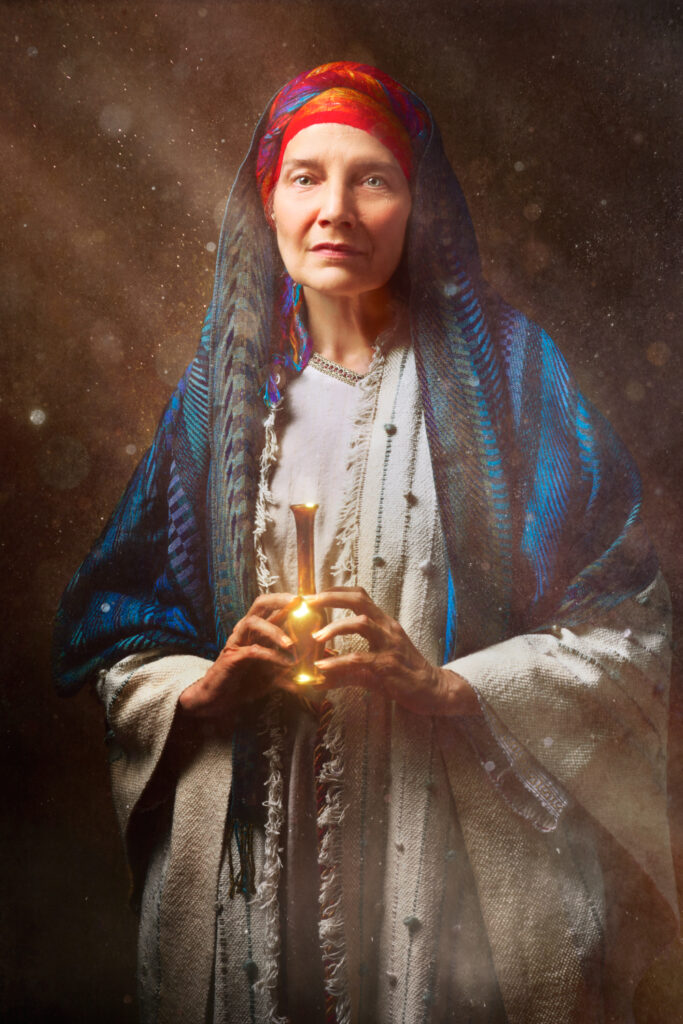
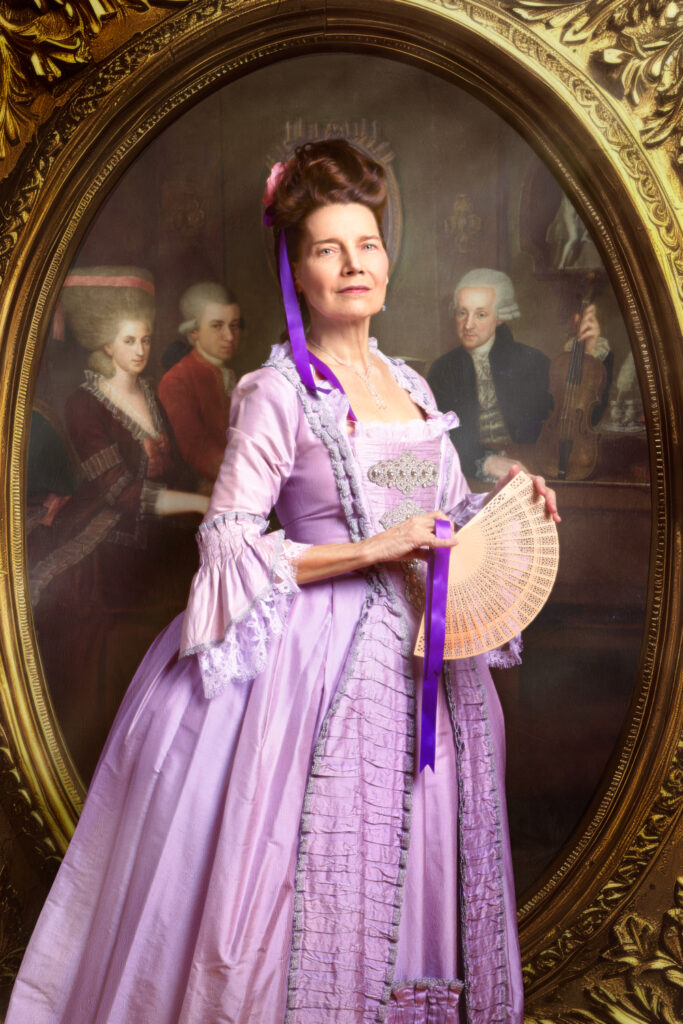

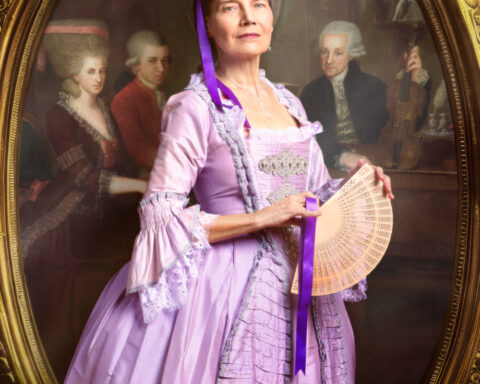
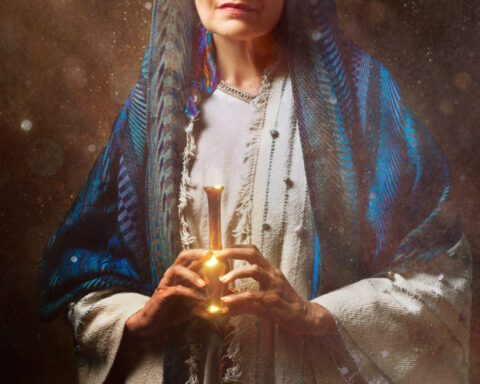
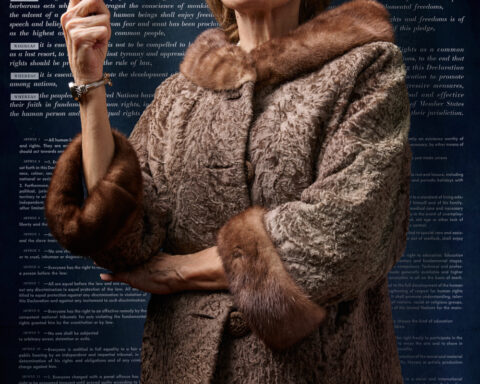
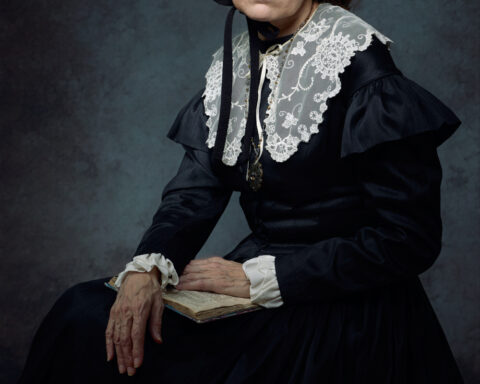
Follow Me